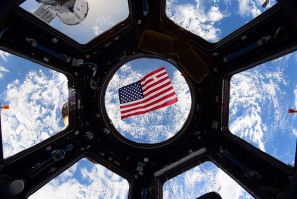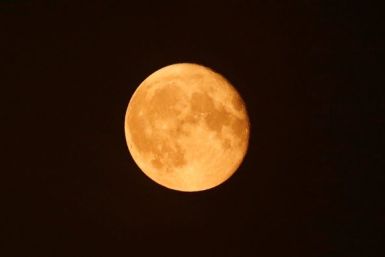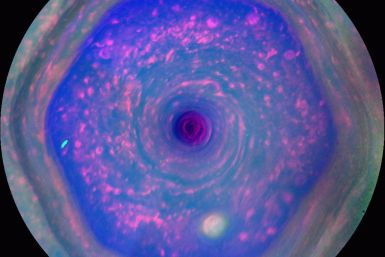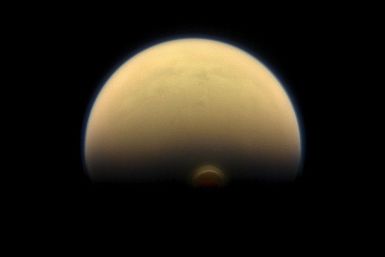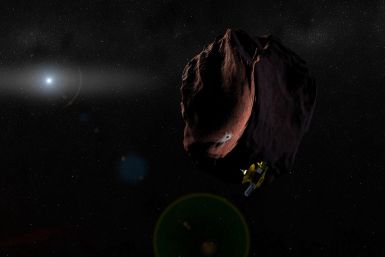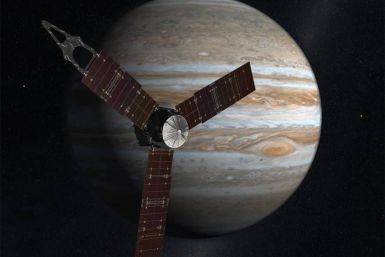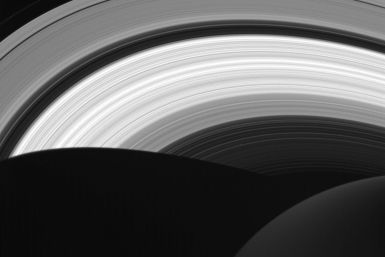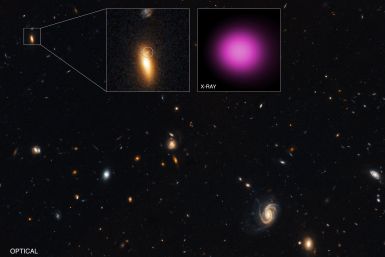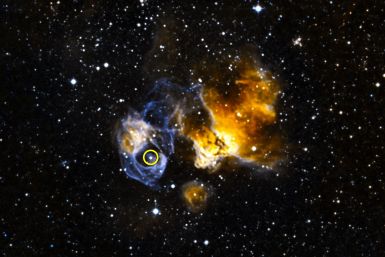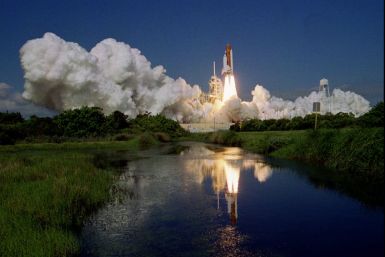The James Webb Space Telescope, with a 6.5-meter primary mirror, will now undergo testing and is scheduled for an October 2018 launch from French Guiana.
The payloads would be used to help NASA's overall goal to put people on Mars.
NASA's Jet Propulsion Laboratory held their annual pumpkin carving contest last week. The results are stellar.
The November supermoon, also called the Full Beaver Moon, is special because the next time the moon will come this close to the Earth will be in 2034.
Ten thousand volunteers plan to investigate mysterious ice formations on the red planet.
NASA explains the stars' spike in brightness like a electrocardiogram.
NASA thinks that Saturn's North Pole is protected by a hexagon jet stream.
Back pain in astronauts who have undertaken lengthy sojourns in low-gravity is caused by atrophying paraspinal muscles, a NASA-funded study has revealed.
NASA’s Cassini spacecraft has captured images showing a vortex rich in trace gases developing in the upper atmosphere over the south pole.
New Horizons will rendezvous with 2014 MU69 — a 20 to 30 mile wide object located roughly a billion miles from Pluto.
NASA delays a planned maneuver after engine problems arise.
Sunday's flight would mark the first launch of the Antares rocket since its predecessor exploded just seconds after liftoff two years ago.
The photo shows the planet's shadow on the rings that surround it.
NASA is gearing up for a Mars mission after President Barack Obama announced hopes that humans would be there by 2030.
A team of researchers from NASA’s Jet Propulsion Laboratory has predicted that the next globe-encircling dust storm on the red planet may begin in the next few weeks.
Scientists believe that the black hole, named XJ1417+52, may originally have been at the center of a distant galaxy that merged with a larger one.
The rover, which has been poking and prodding the surface of the red planet for over four years, will now seek further insights into Mars’ water-rich history over the next two years.
The surface chemistry on the red planet “contributed dynamically to the makeup of its atmosphere over time,” the Curiosity rover found.
The dual-star system is “the first gamma-ray binary in another galaxy and the most luminous one ever seen,” NASA said in a statement Thursday.
The mass and gravity of Abell 2744 — also known as Pandora's Cluster — allows astronomers to witness an intriguing phenomenon called gravitational lensing.
The space agency has some valuable property in Florida that is pretty vulnerable to climate change.
NASA scientists told reporters Monday that they've reaffirmed icy plumes on Europa.




